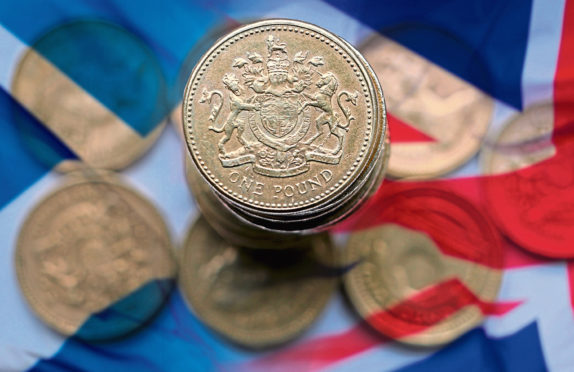The amount that banks are lending to business is growing slower than at any point in the last five years as Brexit and other political uncertainty weighs on the market, new data reveals.
Growth is expected to hit just 2.1% next year, the smallest rise since 2015.
Companies that rely on trade with the European Union are likely to be sitting tight in the wait for more clarity on Brexit, said Omar Ali, a partner at accountancy firm EY, which compiled the data.
And this is unlikely to change soon, he added.
“Even if the withdrawal deal is ratified early next year, this won’t get rid of the uncertainty entirely as the UK’s future relationship with the EU will still need to be worked out,” he said.
It comes as household income in real terms grew by a fairly healthy 2% this year, and is expected to expand by 1.7% next year.
This is not filtering through to consumer credit though, which is forecast to grow by 3.8% this year, its weakest growth since 2013, and down from a peak of 8.3% in 2017.
“With households experiencing some levels of income growth, we’d normally expect to see stronger forecast figures,” Mr Ali said.
Brexit, the global economic environment, and broader political uncertainty is resulting in many consumers and firms holding back on big spending plans. But the study also warned that while consumer credit is growing slowly, banks are becoming more likely to entice customers by lending them more than 90% of the value of a new house.
In the first quarter of this year, 18.7% of new mortgages were such loans – the highest point since the financial crisis.
It is the car industry which has taken the lion’s share of the hit, and driven down demand for consumer credit.
In October, there was a 6.7% drop in the number of new cars being registered – the biggest drop for more than a year.
EY said: “This may partly be due to political uncertainty deterring some people from making large purchases, but larger structural shifts are also at play.
“Notably the declining demand for diesel vehicles and a fall in car ownership among young people which is likely to impact demand for cars and associated finance in the longer term.”










